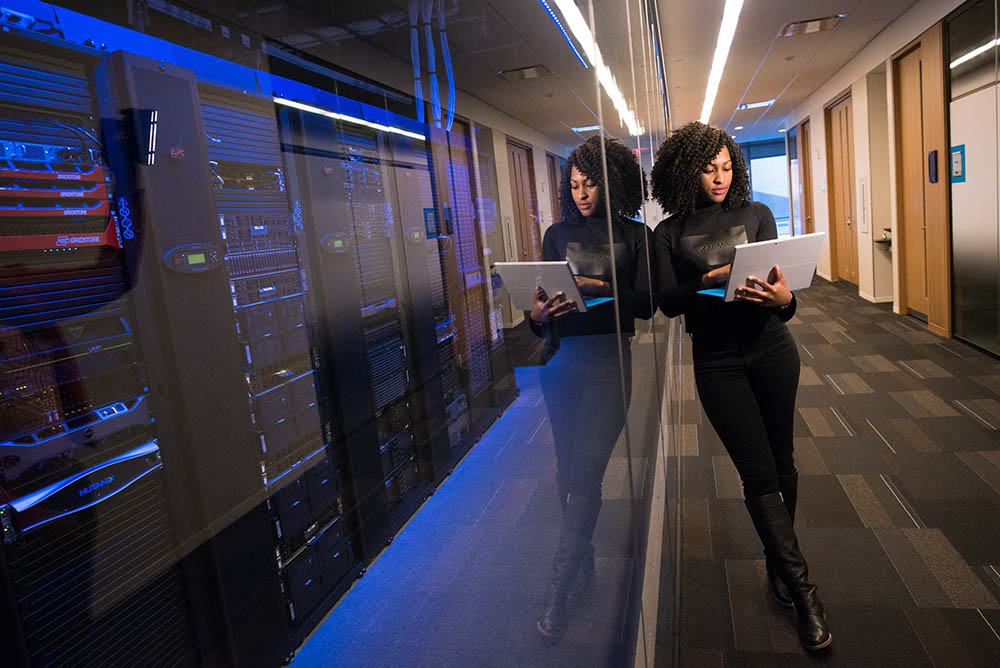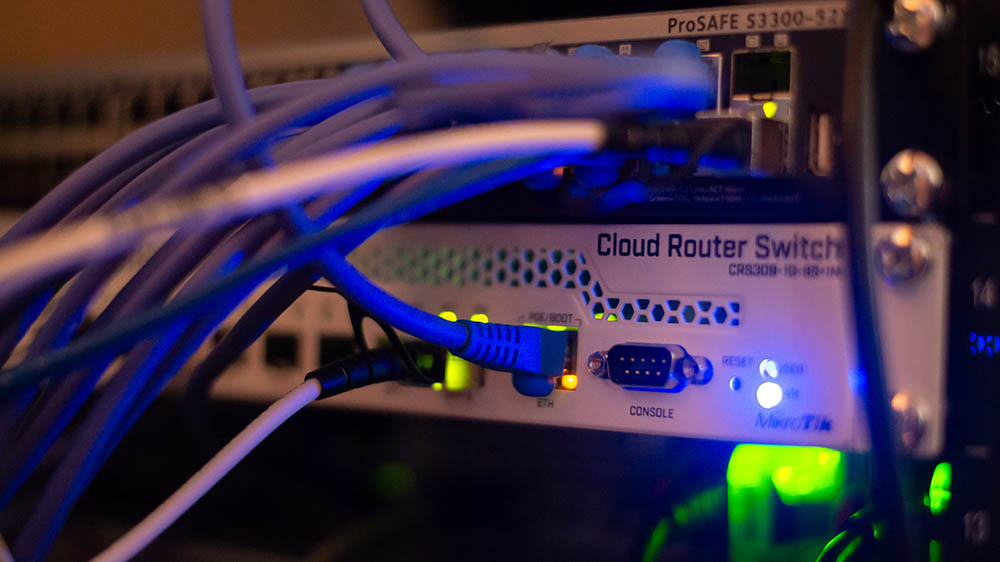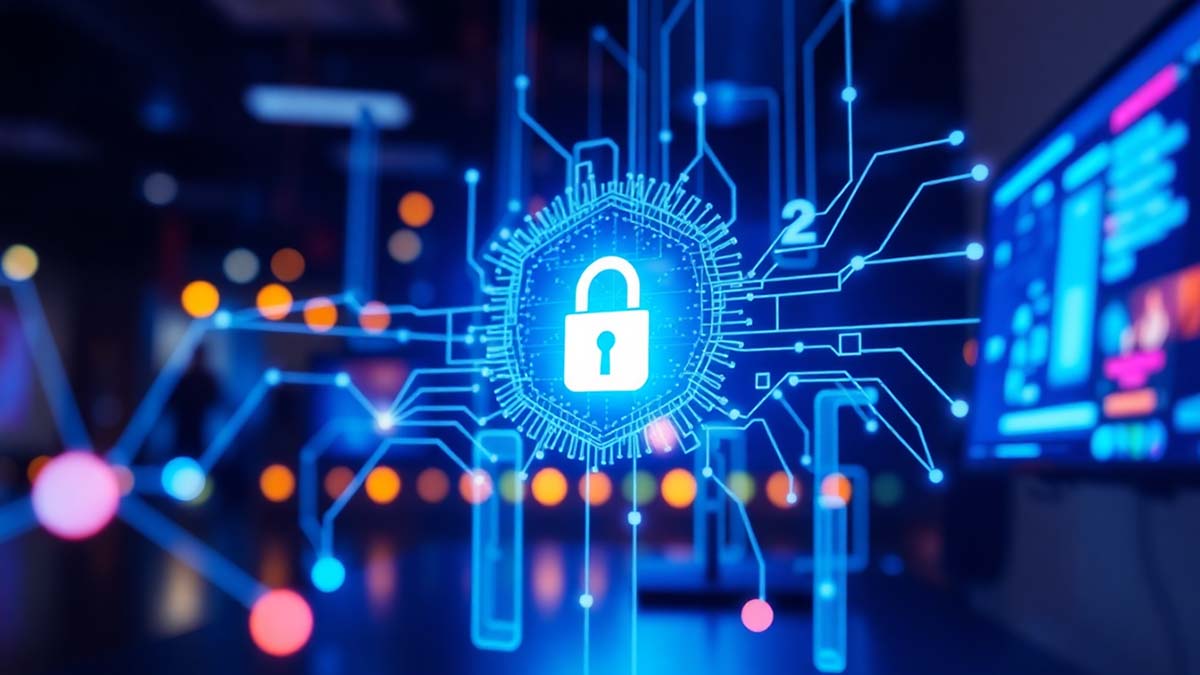Common Network Security Gaps That Put Businesses at Risk

Organizations of every size depend on reliable networks to function, yet many overlook vulnerabilities that open doors to costly breaches. Cybercriminals tend to exploit weaknesses that seem minor but can expose entire systems. By recognizing where gaps appear and addressing them promptly, businesses can significantly reduce their exposure and maintain stronger safeguards.
Weak Password Practices
Poor password policy remains one of the easiest ways for intruders to gain access to sensitive information. Employees often reuse the same passwords across multiple platforms or select short, predictable options that attackers can crack quickly. Even with advanced firewalls and monitoring systems, a simple login credential can become the point of entry for unauthorized users.
Encouraging longer, more complex combinations and requiring regular updates reduces this risk. Multifactor authentication adds another layer of defense, making it harder for intruders to rely solely on stolen credentials. Clear internal policies on creating and managing secure logins ensure consistency and accountability across the organization.
Many businesses also benefit from password managers, which generate and store unique credentials without overburdening employees. By making the process of maintaining strong passwords less cumbersome, organizations reduce the temptation to cut corners. What seems like a small step often proves decisive in shutting down potential access points.
Outdated Software and Hardware
Legacy systems often remain in use long past their intended lifecycle, creating ideal conditions for exploitation. Older devices and programs may no longer receive patches or support, leaving vulnerabilities unaddressed. Hackers deliberately target these systems because the weaknesses are well-documented and easy to manipulate.
Maintaining a schedule of updates across all equipment ensures that gaps are minimized. Businesses that treat upgrades as optional frequently pay the price later through downtime, data loss, or reputational damage. Ensuring hardware and software remain current is one of the simplest yet most overlooked protective measures.
A thoughtful plan for phasing out obsolete systems helps avoid disruptions when upgrades become urgent. Rather than waiting for a failure, proactive replacement creates stability and prevents last-minute scrambles.
Unsecured Remote Access
Remote work has expanded the attack surface for organizations, and unsecured connections are a frequent source of compromise. When employees connect through public Wi-Fi or without using secure tunneling methods, attackers can intercept data in transit. Many businesses underestimate how easily an exposed connection can allow access to confidential systems.
Companies need to establish strict protocols for connecting outside the office. Training staff on virtual private networks, encrypted communication, and approved devices helps close these gaps. A strong approach involves reviewing the types of network security for safer connections, since relying only on convenience often undermines overall resilience. By prioritizing secure channels, organizations maintain protection even when staff operate from remote locations.
Clear policies regarding which applications can be accessed remotely and which cannot also improve defenses. Limiting exposure by restricting access to sensitive data while off-site ensures that even if a connection is intercepted, the potential for damage is reduced. Security in this area is as much about discipline as it is about technology.
Misconfigured Firewalls and Permissions
Security tools are only as effective as their setup, and misconfiguration is a common pitfall. Firewalls, access controls, and user permissions require careful adjustment to block potential threats without disrupting operations. In many cases, settings are left at default, granting more access than necessary and exposing sensitive areas to unnecessary risk.
Regular reviews of configurations help ensure controls match the current needs of the business. Restricting privileges to only those who require them reduces the likelihood of insider misuse or external exploitation. Attention to detail in configuration often determines whether defenses stand strong or fail under pressure.
Documenting changes and maintaining a clear audit trail can further strengthen this process. When administrators know exactly who altered a setting and why, it becomes easier to spot mistakes before they grow into full vulnerabilities. This level of accountability fosters a culture of careful, deliberate management.
You may also like: Building An Effective IT Security Company With Second Hand Equipment
Lack of Network Visibility
Blind spots in network monitoring make it difficult to detect unusual behavior until damage is already done. Without clear visibility, businesses may miss early warning signs of intrusion. Attackers often linger unnoticed, exploring systems and extracting data over time, taking advantage of this absence of oversight.
Comprehensive monitoring solutions provide real-time alerts that enable faster responses. Logs, tracking tools, and dashboards help IT teams maintain awareness of what is happening across all devices. A culture of vigilance reduces the likelihood that threats move unnoticed and ensures response efforts can begin promptly when needed.
Effective visibility also aids in understanding normal traffic patterns. By recognizing what typical behavior looks like, unusual activities stand out more clearly.
Inadequate Employee Training
Technology alone cannot compensate for human error. Many breaches occur because individuals unknowingly click suspicious links, download harmful files, or ignore basic security procedures. Employees who are unaware of best practices become weak links in otherwise strong defenses.
Training programs that emphasize awareness, responsibility, and caution create a workforce that actively supports security efforts. When staff members understand the role they play, they become allies rather than liabilities. Investing in people is as important as investing in technology, since educated teams are far less likely to fall into avoidable traps. Regular refreshers ensure that employees remain alert as threats evolve. Security is not a one-time lesson but an ongoing process that requires attention and reinforcement.

Every business has unique operations, but the risks outlined here are common across industries. Weak passwords, outdated systems, unsecured access, poor configuration, limited visibility, and insufficient training all create pathways for attackers. Addressing these areas consistently helps strengthen defenses and protect valuable assets. By closing gaps before they are exploited, companies safeguard their continuity and build trust with those who depend on them.

